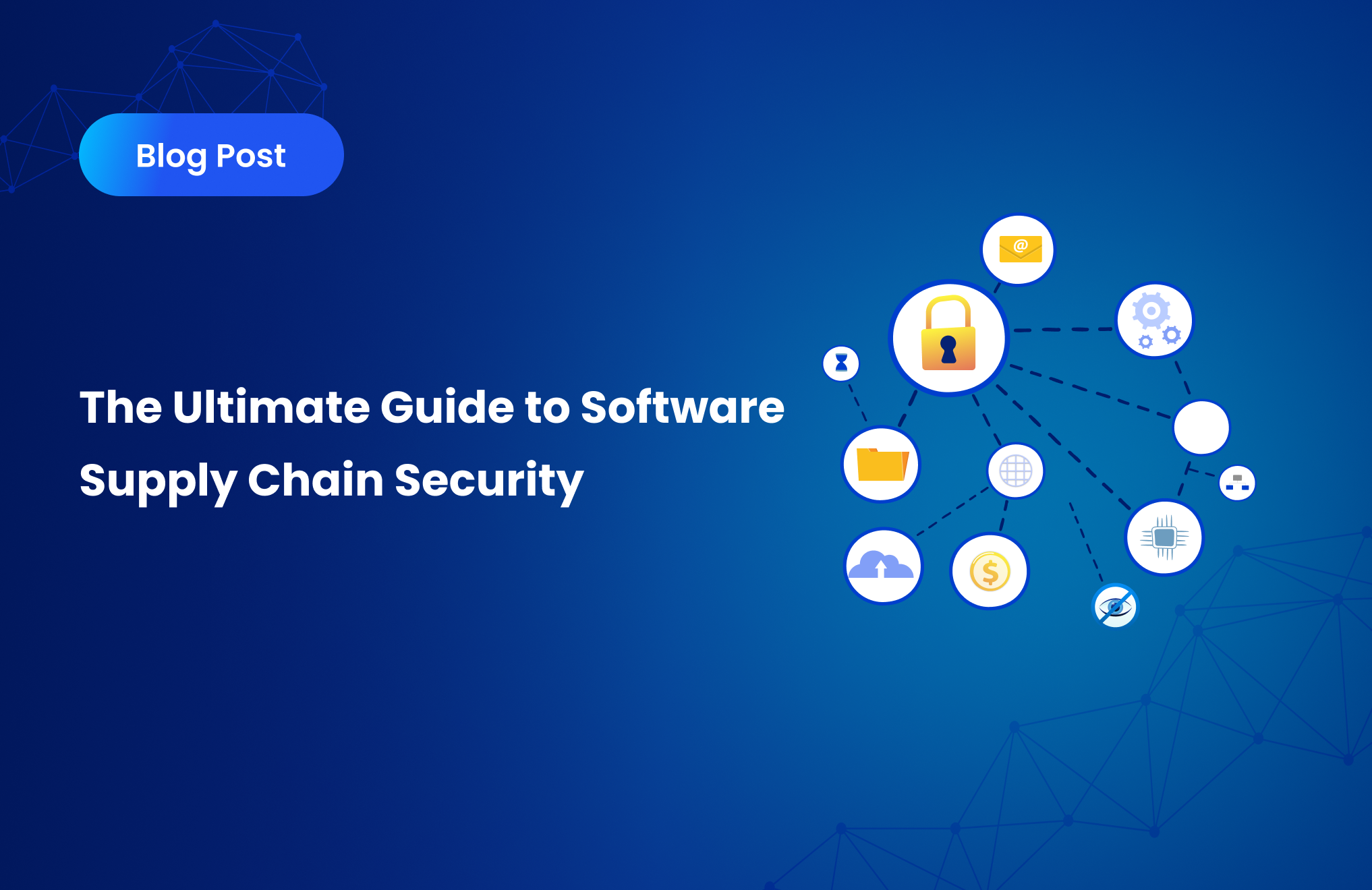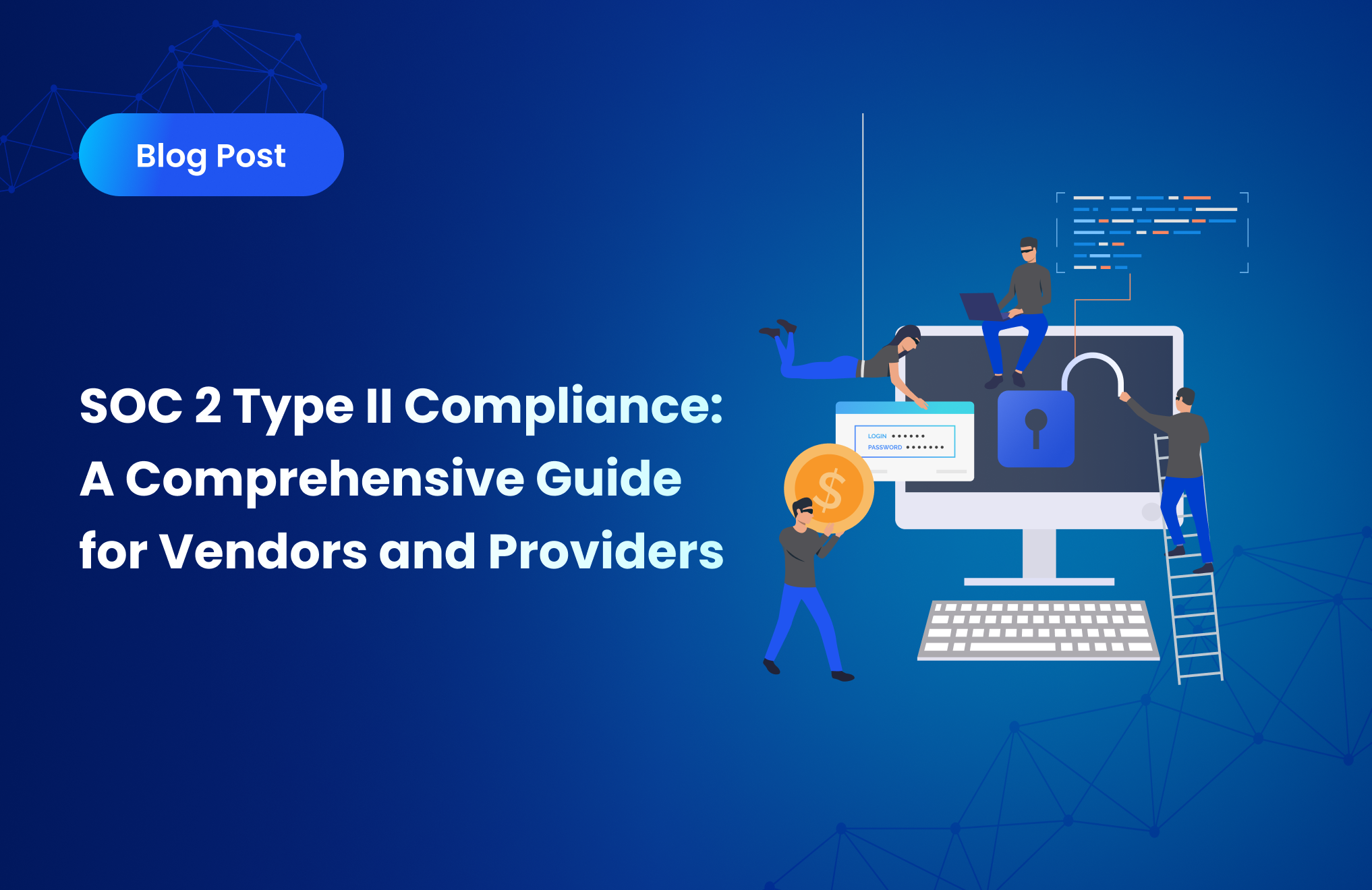OSSTMM: Open Source Security Testing Methodology Manual – A Comprehensive Overview

OSSTMM: Open Source Security Testing Methodology Manual – A Comprehensive Overview
The landscape of cybersecurity has seen a significant surge in malicious activities. Consequently, organizations need robust and effective methods for safeguarding their digital assets. The Open Source Security Testing Methodology Manual (OSSTMM) serves as a comprehensive guide to ensure proper testing of security controls. This technical article provides a detailed discussion about OSSTMM, shedding light on its core aspects, methodological underpinnings, and practical application in the cybersecurity ecosystem.
Understanding OSSTMM: Introduction and Relevance
The Open Source Security Testing Methodology Manual, widely known as the OSSTMM, is a peer-reviewed manual for security testing and analysis. Initiated by Pete Herzog in 2000, it is developed and maintained by the Institute for Security and Open Methodologies (ISECOM), an open community dedicated to providing practical security awareness, research, and certifications.
OSSTMM covers different aspects of operational security in five key channels: Human Security, Physical Security, Wireless Security, Telecommunications Security, and Data Networks Security.
OSSTMM emphasizes the concept of trust within a security system. By focusing on operational, human, and physical factors, it ensures that security controls are evaluated in context, not just from a purely technical perspective. Its methodology follows a scientific approach, identifying exposures and vulnerabilities by measuring visibility, access, trust relationships, and the effectiveness of existing controls.
OSSTMM Framework: The Five Channels
- Human Security
Focuses on people, awareness, social engineering, insider threats, and policy adherence. It addresses vulnerabilities related to human error or manipulation. - Physical Security
Covers physical infrastructure such as buildings, data centers, and assets. It evaluates measures like surveillance, locks, access control, and alarms. - Wireless Security
Addresses wireless communications such as Wi-Fi, Bluetooth, RFID, and other non-wired protocols, testing confidentiality, integrity, and availability. - Telecommunications Security
Examines voice and data communications over traditional telephony, VoIP, and carrier networks, ensuring they are resistant to interception and manipulation. - Data Networks Security
Covers wired networks, servers, and applications, focusing on exposure, configuration, and security of networked technologies.
OSSTMM Methodology
OSSTMM employs a structured, scientific approach to operational security. While the manual provides detailed modules, the core process includes:
- Preparation: Define scope, assets, boundaries, and permissions.
- Visibility and Access Evaluation: Determine what can be seen and reached across each channel.
- Control Verification: Test how security controls function in practice.
- Interaction and Testing: Conduct active and passive tests to assess exposure.
- Reporting: Document findings in a standardized STAR (Security Test Audit Report), ensuring results are measurable and repeatable.
OSSTMM’s Metrics
OSSTMM introduces RAVs (Risk Assessment Values), which measure exposure, visibility, trust, and controls across all channels. Results are expressed in quantifiable terms, enabling organizations to benchmark and track improvements.
The STAR report is the standardized reporting format, ensuring transparency and comparability.
(Note: Metrics such as “SAFE” are not part of the official OSSTMM framework.)
The Practical Implementation of OSSTMM
OSSTMM serves as a guideline for security professionals, ethical hackers, auditors, and organizations to evaluate security posture. It is particularly useful in penetration testing, IT audits, and operational assessments.
For example, a company may apply OSSTMM to test its infrastructure, following the methodology from preparation through reporting. Each step is documented, ensuring transparency. The outcomes are quantified using RAVs, offering a scientific basis for decision-making and improvements.
1. Case Studies of OSSTMM Application
Organizations across different industries have applied OSSTMM to strengthen their security practices.
- Financial services firm: Used OSSTMM for comprehensive auditing across IT and physical security, uncovering overlooked vulnerabilities. After remediation, the firm experienced fewer incidents.
- Healthcare provider: Applied OSSTMM to assess data protection and operational processes, leading to stronger safeguards for sensitive patient data and improved trust among stakeholders.
These examples highlight OSSTMM’s ability to identify vulnerabilities and enhance security across diverse environments.
2. OSSTMM and Compliance
While OSSTMM is not a compliance standard, it can support compliance efforts by providing structured testing that maps to regulatory requirements.
- ISO 27001: OSSTMM’s comprehensive scope can assist with regular security audits required by the standard.
- GDPR: Its emphasis on protecting data helps organizations demonstrate strong security practices aligned with GDPR requirements.
- HIPAA: In healthcare, OSSTMM can identify threats to patient data, supporting HIPAA compliance initiatives.
OSSTMM findings help organizations strengthen their compliance posture, but compliance still requires additional legal and procedural measures.
3. Critiques and Limitations of OSSTMM
- Complexity: The manual is highly technical, making it challenging for organizations with limited expertise.
- No Prescriptive Remediation: OSSTMM identifies issues but does not prescribe how to fix them. Responsibility lies with the organization.
- Time-Intensive: Its thoroughness can be resource-heavy compared to lighter or automated approaches, especially in large infrastructures.
4. Comparing OSSTMM with Other Security Methodologies
- PTES (Penetration Testing Execution Standard): Focuses more narrowly on penetration testing techniques, while OSSTMM covers broader operational, human, and physical security aspects.
- OWASP Testing Guide: Specializes in web application security. OSSTMM, by contrast, spans across multiple domains including physical, wireless, and telecommunications.
The choice depends on organizational needs. OSSTMM often complements other standards rather than replacing them.
5. Future of OSSTMM
The last major release of OSSTMM (v3.0) was published in 2010. Despite its age, its principles—scientific, measurable, and repeatable testing—remain relevant.
Future adaptations may integrate automation for efficiency and expand to new domains such as IoT and AI security. Its open-source nature ensures that it continues to evolve in response to emerging threats.
Conclusion
OSSTMM offers a comprehensive, structured, and quantifiable approach to security testing, making it a valuable tool in the cybersecurity landscape. By focusing on trust, operational security, and scientific measurement, it provides organizations with a reliable framework to evaluate their security posture, uncover vulnerabilities, and implement effective improvements.
As threats evolve, the importance of open, scientific methodologies like OSSTMM remains as strong as ever.



.svg)
.svg)
.svg)
.svg)



.svg)
.svg)
.svg)
.svg)
.svg)
.svg)
.svg)
.svg)



